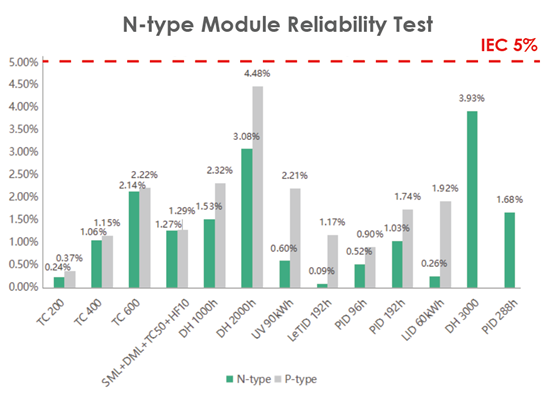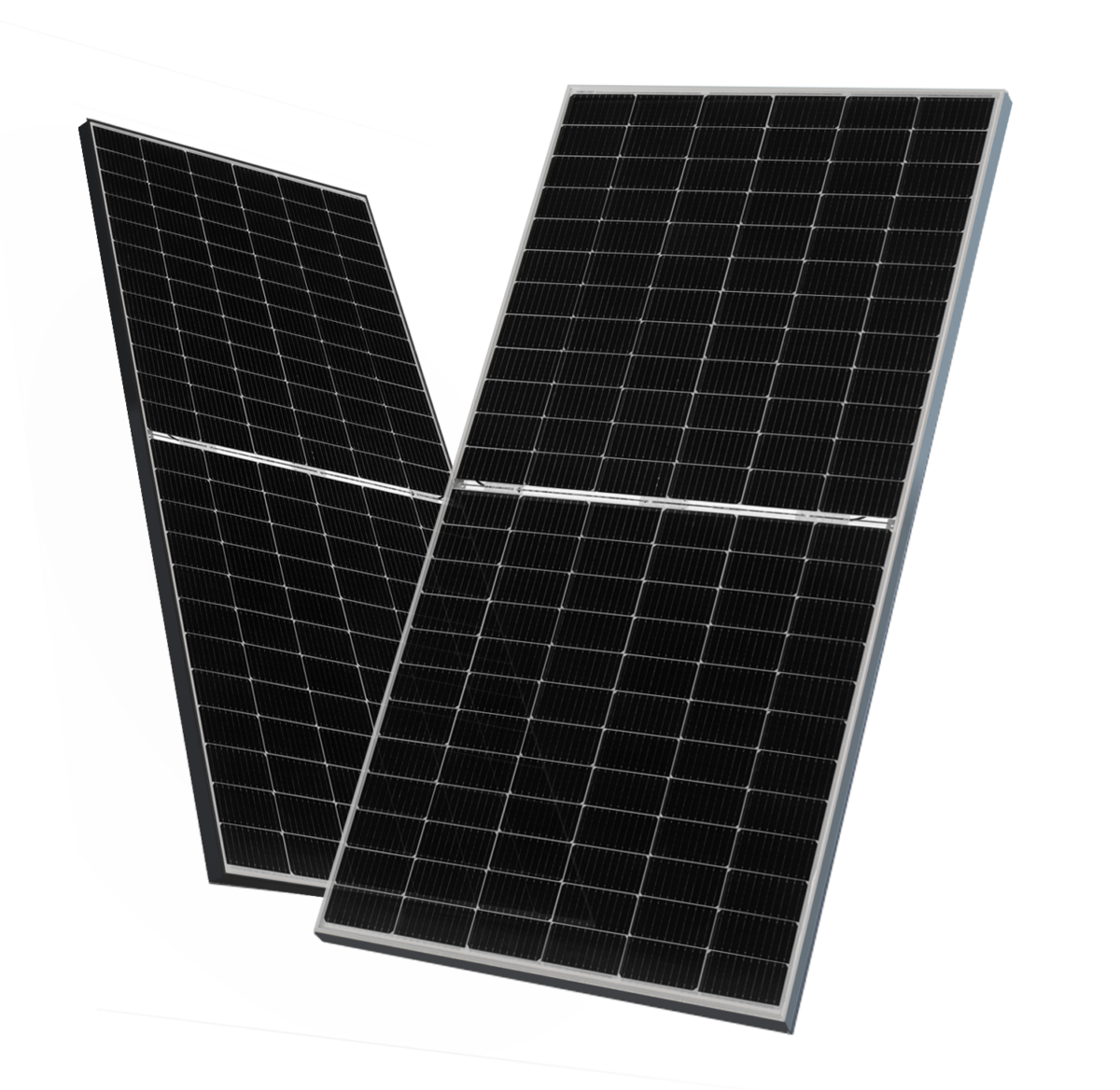Most PV manufacturers are now well underway with the switch to n-type technologies and we are beginning to see these modules, primarily based on n-type TOPCon technology, rolling out to mainstream installations.
As they made the switch, manufacturers promised more electricity and longer lifetimes from the new products. And as they make their way into more projects, we can see how these claims play out in the field under various climate conditions. Many studies have been carried out already, and the signs so far are good for n-type.
One such study confirms a 5.69% gain in normalised energy yield (energy generated per unit of capacity) over a three-month period. German company TÜV Nord carried out the study at a test installation in Selangor, Malaysia.
Three module types were installed at the site: A 545 W n-type TOPCon module and a 540 W p-type PERC module, both using 182 mm half cells and both manufactured by JinkoSolar. A third module, also bifacial PERC, with 210 mm cells and a 645 W power rating and from an unnamed manufacturer, was also included in the test. The test installation comprised two modules of each type, installed on fixed tilt racking one metre above the ground and connected via micro inverters.
Performance of each module was carefully measured over the first three months of 2023. During the period, Jinko’s TOPCon module generated 205.32 kWh, while its PERC counterpart reached 192.42 kWh, and the PERC module based on 210mm cells generated 227.89 kWh.
Thanks to its higher power rating and larger size, the 210mm module generated the most energy during the three-month period. However, when normalised based on each module power rating, the n-type module achieved a yield 5.69% higher than the 182 mm PERC module used as a baseline, while the larger module was 0.97% behind.

Jinko’s n-type module also achieved the highest performance ratio of the three. Performance ratio compares the actual energy yield to a calculation based on the power rating and weather conditions. TÜV Nord measured a 96.03% performance ratio for the n-type module, with the other two trailing slightly behind.
Separately, TÜV Nord also compared JinkoSolar’s TOPCon module with a conventional PERC product in accelerated reliability testing: two modules were subject a series of laboratory tests, going beyond the standards outlined by the IEC. Modules were subject to thermal cycling, extended damp heat, mechanical load, humidity freeze and ultraviolet light.
Additional test stages designed to detect susceptibility to light induced degradation (LID) Light-elevated temperature induced degradation (LETID), and potential-induced degradation. In all of these test stages, the n-type module showed significantly better performance.
In LID testing the n-type module lost 0.26% of its initial performance, compared to 1.92% for the PERC module. LETID testing told a similar story, with a 0.09% loss for the n-type module, and 1.17 for PERC. And in UV testing, which has emerged as an area of concern for some TOPCon modules, JinkoSolar’s n-type product lost only 0.60% performance, compared with 2.21% for the PERC product.
This content is protected by copyright and may not be reused. If you want to cooperate with us and would like to reuse some of our content, please contact: editors@pv-magazine.com.









By submitting this form you agree to pv magazine using your data for the purposes of publishing your comment.
Your personal data will only be disclosed or otherwise transmitted to third parties for the purposes of spam filtering or if this is necessary for technical maintenance of the website. Any other transfer to third parties will not take place unless this is justified on the basis of applicable data protection regulations or if pv magazine is legally obliged to do so.
You may revoke this consent at any time with effect for the future, in which case your personal data will be deleted immediately. Otherwise, your data will be deleted if pv magazine has processed your request or the purpose of data storage is fulfilled.
Further information on data privacy can be found in our Data Protection Policy.